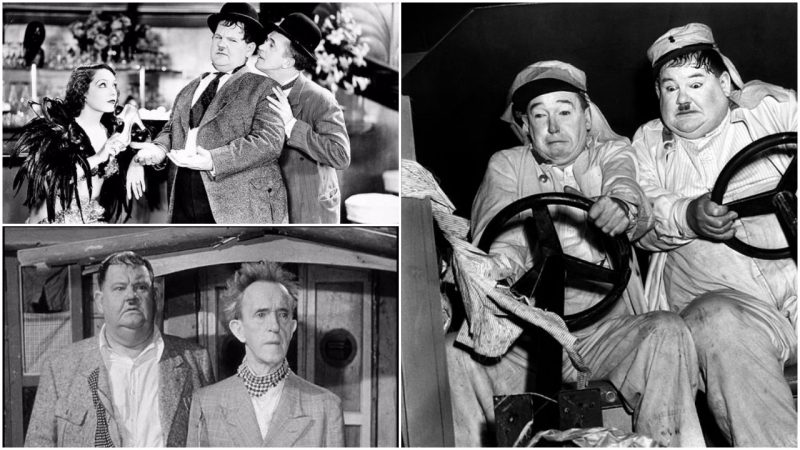The days of pure and innocent film comedy for audiences of all ages seem long gone. Chaplin’s beloved Tramp and Buster Keaton’s unforgettable slapstick classics now serve as recollections of what Hollywood’s Golden Age once was, something that now is lacking.
Names such as the Marx Brothers, Will Rogers, and Harry Langdon, as well as the Three Stooges and their shenanigans, are merely a few representatives of vintage slapstick comedy.
However, when slapstick is mentioned, it is not the name of Chaplin or any other of the aforementioned “Kings of Comedy” that first pops into someone’s mind, but the names of two of the most honest, modest, and appealing individuals in show business. The names are Laurel and Hardy, the masters of comedy who were dubbed the funniest double act of all time.
From the moment in 1927 when they had their first ever on-screen official appearance in Putting Pants on Philip (although many considered it to be The Second Hundred Years) to their very last in Atoll K (Utopia) in 1951, people were spellbound by them, yet not fully understanding why. After all this time, it is still not clear what made them so lovable. Even Stan himself, when in his last interviews was asked what he believed made them so loved and cherished all over the world,responded with, ” I honestly have no idea.”
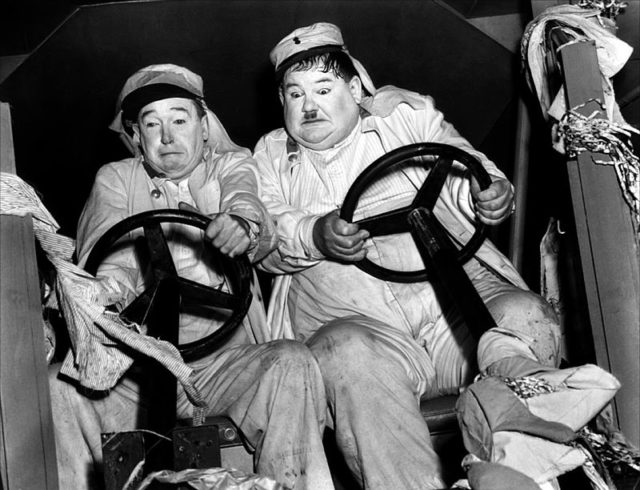
One interview from 1947, shortly before they decided to quit the movie bussines altogether in the 1950s, offers a glimpse of what that just might be. Interviewed by John Parsons for Pathe, one of the largest film equipment producers of those days, Stan Laurel and Oliver Hardy on board the Queen Elizabeth liner ship, were asked about their upcoming Robin Hood adaptation and what brought them to England and Southampton.
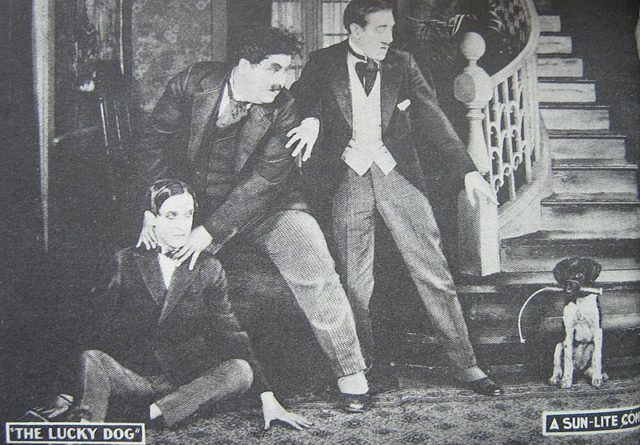
And as in every other public showing, both are calm and in their usual off-screen selves until all of a sudden they get into their respective roles of Stan and Olie. When Ollie is asked if there is anything special he would like to do while they are over there, he starts answering by: “Nothing, but try and make the people happy and…” when he is interrupted by Laurel’s childlike continuous gentle shoulder tap aiming to get his attention. To this Olie simply asks him in an orderly fashion “Can you keep quiet a minute?” and continues with his answer, “And have a good time, and have everyone else have a good time…” when he finds himself interrupted by that same shoulder tap again. Calm, but now a bit annoyed, or so it seems, he turns to him again with the words, “I’m talking to the gentleman, can you keep quiet for just a moment?” and proceeds with the interview, just where he stopped: “And then I think that after a couple of weeks we might…” And of course, because a child never stops until he gets what he wants, he is interrupted once more and for the third time in a row in less than 10 seconds by the same annoying tap. Deeply disturbed, he finally asks “What is it?” to which Stan replies instantly and very loudly: “You’re standing on my foot!” And out of nowhere, in what seemed to be an ordinary interview, everyone around bursts into laughter, including the interviewer and Olie himself.
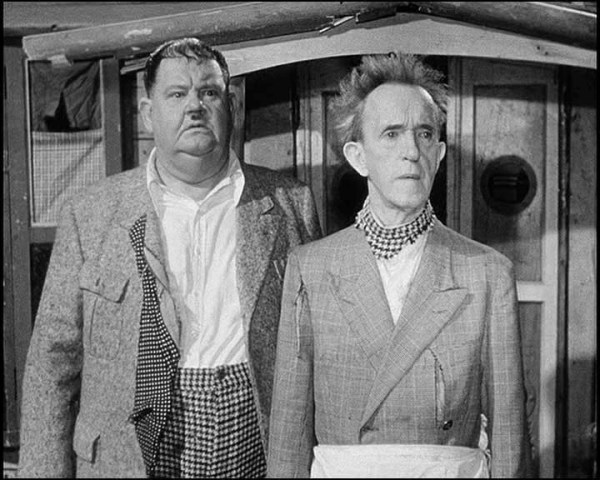
So what was their secret ingredient? According to New World Encyclopedia, much of their comedy was based on a creative process they developed referred to as “milking.” The process simply meant that they would generate an idea as a possible problem, then would put themselves, or more precisely their characters, in all probable outcomes of that problem that they could imagine. The outcomes were merely “what ifs” filled with one impressive improvisation in between the lines of loose scenarios.
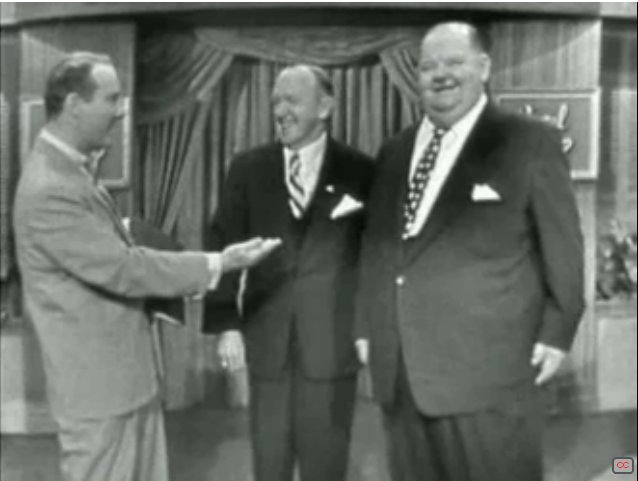
However, for this to work they had to know each other very well. And they did, for the men were best friends on- and off-screen. Rarely was one seen without the other after they started shooting for Hal Roach in the 1920s. When Laurel quit the studio in 1936 over some unresolvable creative differences with the producers, Hardy left with him as well, both wanting to act solely as a comedic duo, no matter what. After Hardy’s death in 1957, Stan refused to perform ever again without his beloved friend. Instead, he devoted his remaining years to personally responding to letters and phone calls from fans.
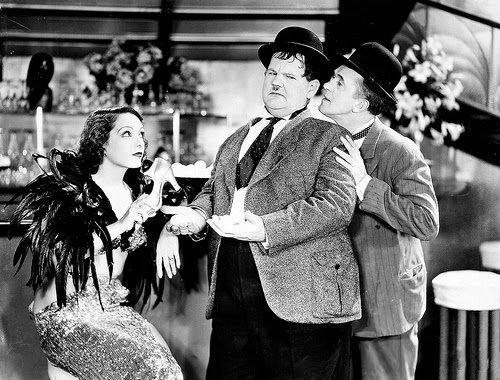
So maybe the reason for their success and waves of laughter whenever they would appear on the screen or in public was their childish personas and their unprecedented friendship and loyalty for each other that managed to transcend onto the screen. Or, maybe it was the fact that these two people knew each other so well that they could anticipate each other’s every move, and their immaculate sense of timing in every single joke they delivered made their acts a joy to behold.
Or maybe, just maybe it was the fact that no matter how many times they would “step on each other’s foot” throughout their 107 joined double acts, short films, or full-length feature films, they would always find a way to reconcile at the end, accepting of their flaws as part of being human, showcasing a profound message that friendship beats all.
